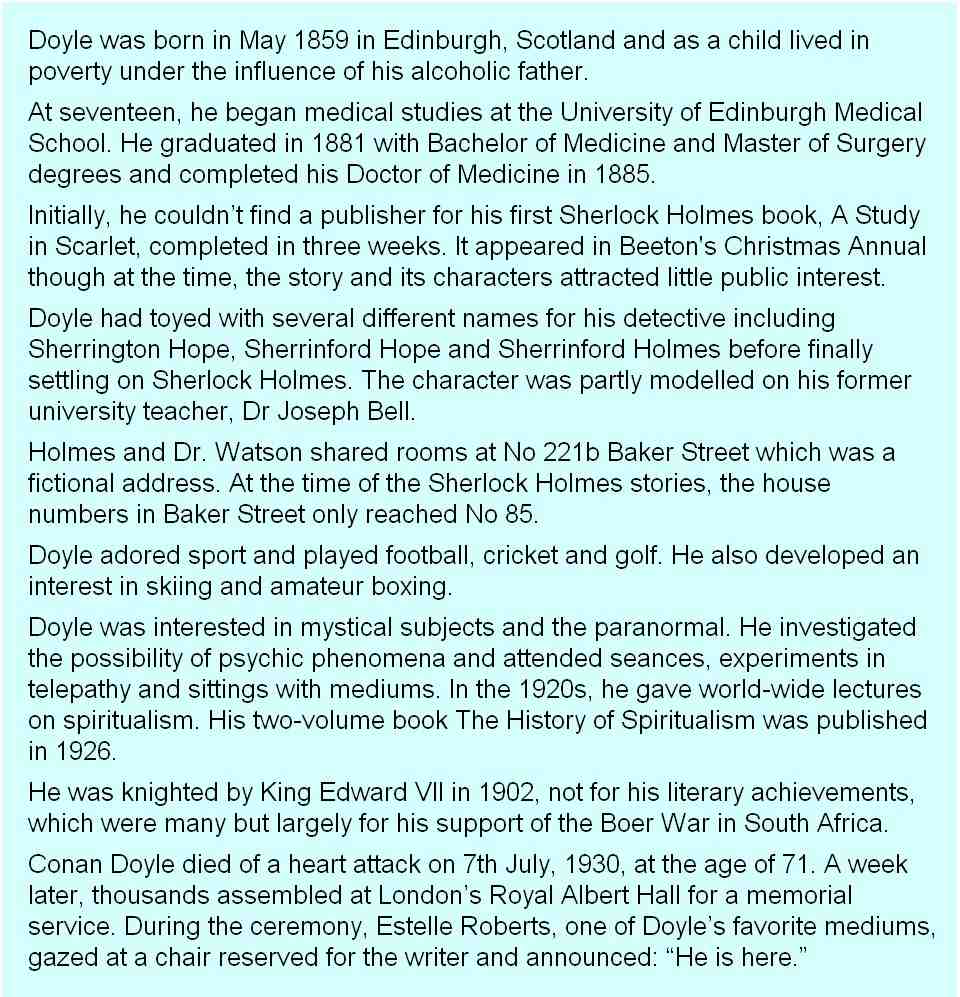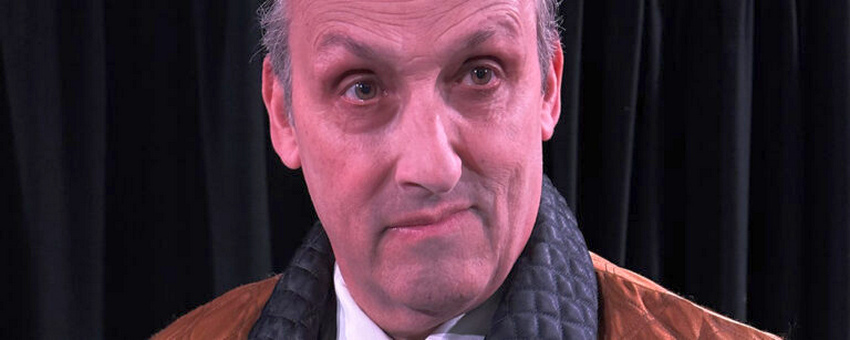
Sherlock Holmes returns to Ben’s Theater
Every Sherlock Holmes enthusiast recognizes that line, spoken by Holmes in his initial encounter with Dr John Watson in a laboratory at St Bartholomew’s Hospital in London. The line appeared in the first-ever Sherlock Holmes novel published 1887, A Study in Scarlet. In the story, Dr John Watson is an army doctor, recently returned from the war in Afghanistan and looking for someone with whom to share a flat in London. He is introduced to Holmes by a junior assistant at St Bartholomew’s hospital named Stamford.
However, this memorable line wasn’t the first thing that Holmes said to Watson, as is commonly believed. Holmes’s first comment, as reported by Dr Watson was: “How are you?” he said cordially, gripping my hand with a strength for which I should hardly have given him credit. “You have been in Afghanistan, I perceive.”
“How on earth did you know that?” I asked in astonishment.
This exchange appears near the beginning of the novel. It’s a theme, a kind of literary leitmotif that permeates all the stories, revealing Holmes’s uncanny powers of observation and Dr Watson’s constant admiration and surprise at Holmes’s reasoning and rational methods of deduction.

Sherlock Holmes – The Last Act is a solo play written by David Stuart Davies who is an expert on all things Sherlock. The reference to Afghanistan runs through the play too. It’s the first line we hear as well as one of the last lines in the play. It’s quoted by Holmes on several other occasions, creating a unifying theme. David Stuart Davies is a British writer, editor and playwright. He has written extensively about Sherlock Holmes, both fiction and non-fiction. He has written ten Sherlock Holmes adventures himself as well as several other novels. This award-winning play Sherlock Holmes – The Last Act was premiered at the Salisbury Playhouse in 1999 and has since been performed in France, Canada, United States, Hong Kong, Malta and all over Britian. In an interview with writer Caro Moses, actor and renowned Holmes interpreter Nigel Miles-Thomas explained that the play “explores the themes of what goes unsaid in life, the pain of Sherlock’s childhood and his reliance on drugs.”
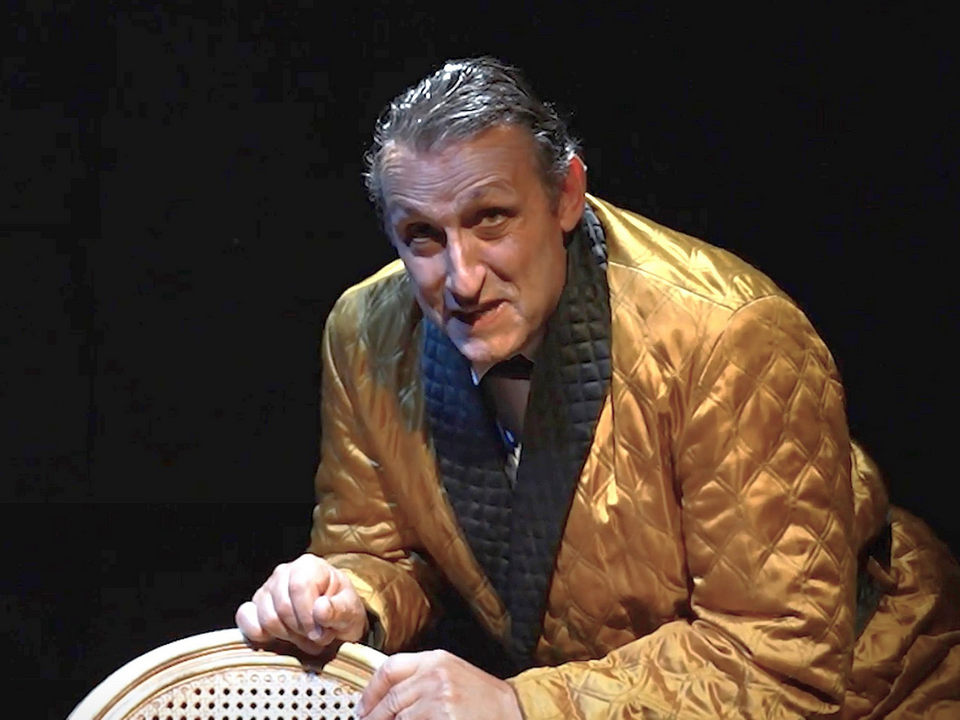
Nigel Miles-Thomas starred in this remarkable play when it was recently performed at Ben’s Theater in Jomtien. Set in 1916, the play reveals the man behind the myth: a retired Holmes late in life, slightly dulled by years of cocaine use. Called back to London for the funeral of his friend Dr Watson, Holmes has become a somewhat embittered and resigned man at the end of his career and approaching death himself. Now almost a shadow of his former self, we see Holmes back in his old lodgings at 221b Baker Street reflecting on his extraordinary career. The play exposes his fears and weaknesses and reveals some startling secrets too, which add colour and drama to the piece. It also reveals Holmes’s dry and acerbic sense of humour. During the play, we are witness to arguments between Holmes and Watson as well as amusing exchanges between some of the other characters.
Dr Watson is the “writer” of nearly all the Holmes stories and we see them unfold through his eyes. This is established in the first title A Study in Scarlet, which is subtitled being a reprint from the reminiscences of John H. Watson, MD, late of the Army Medical Department. “You had a wonderful way of painting pictures for your readers, Watson.” says Holmes at one moment in the play, “Did I ever tell you that?”
Holmes describes to Watson how he fought to the death with Professor James Moriarty at Switzerland’s Reichenbach Falls. He explains that the reports of his death were false. Only the villainous Moriarty had fallen to his death in the abyss, while Holmes had managed to escape. “When first I read your account of my death, Watson, I actually felt guilty for having survived,” says Holmes with a touch of feigned remorse.
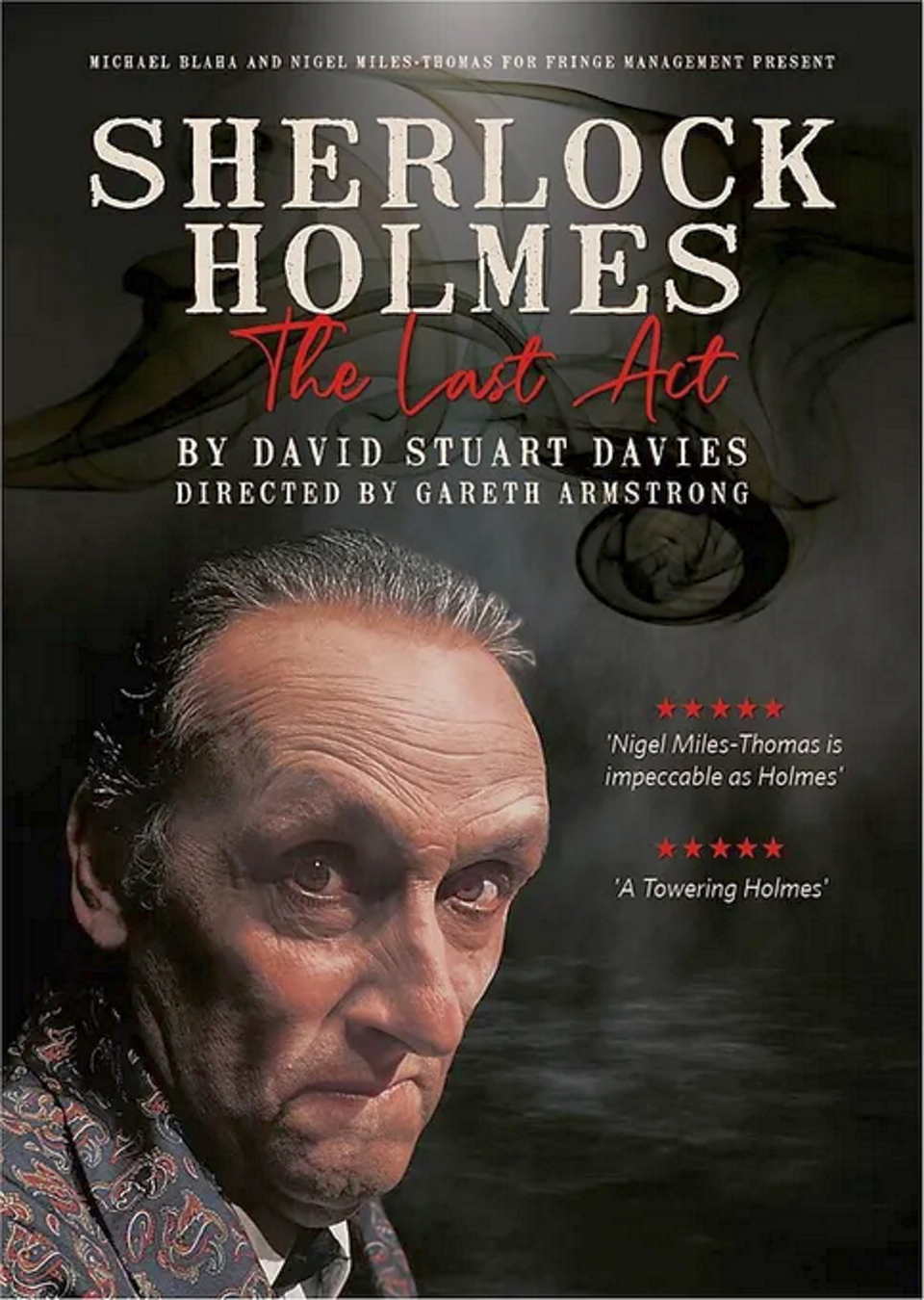 Most of what Holmes says in the play is addressed to the deceased Watson, without whom The Great Detective could barely function. Towards the end, Holmes reflects on their life together, “It all seems like a dream now. I met you in 1881, thirty-five years ago… and this morning we laid you to rest. In your literary fashion, my dear friend, your passing has put the final full stop on the page.” Holmes injects a drug into his arm with a syringe and then slouches into his chair. In a moment of high tension, a door is heard opening; Holmes suddenly sits bolt upright, eyes wide open and delivers the electrifying last line of the play.
Most of what Holmes says in the play is addressed to the deceased Watson, without whom The Great Detective could barely function. Towards the end, Holmes reflects on their life together, “It all seems like a dream now. I met you in 1881, thirty-five years ago… and this morning we laid you to rest. In your literary fashion, my dear friend, your passing has put the final full stop on the page.” Holmes injects a drug into his arm with a syringe and then slouches into his chair. In a moment of high tension, a door is heard opening; Holmes suddenly sits bolt upright, eyes wide open and delivers the electrifying last line of the play.
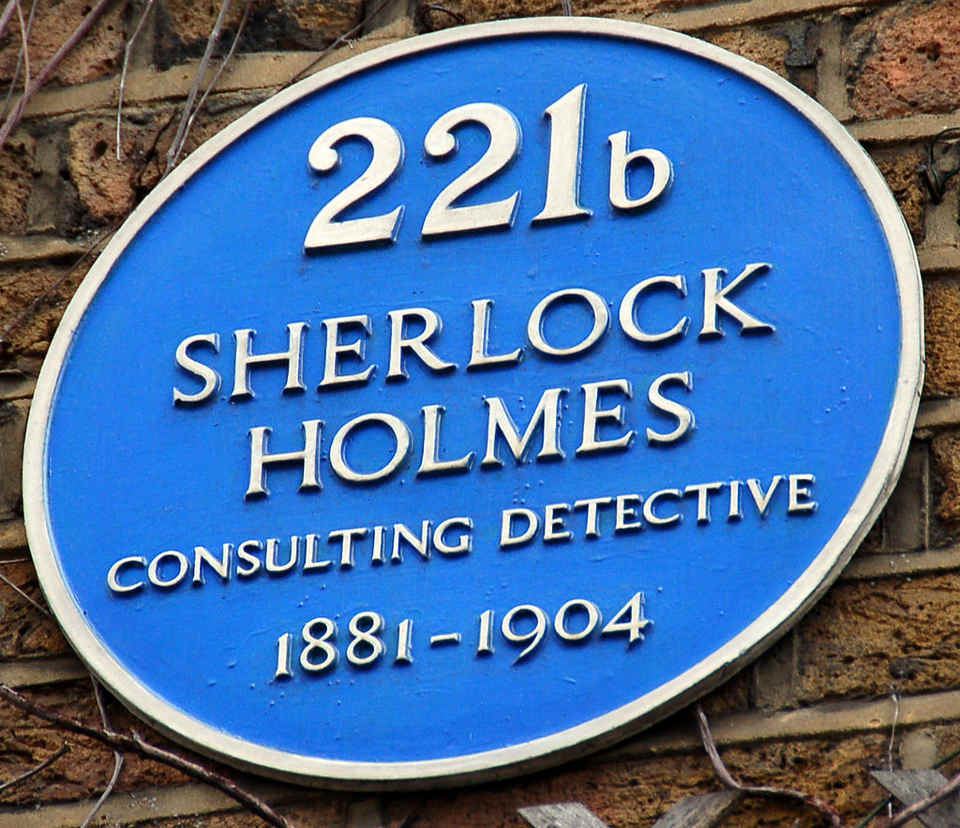
Nigel Miles-Thomas plays a compelling Holmes, dominating the stage with a sense of commitment and passion. There is an air of intensity in the performance: playing a person once fully in control of his brilliant reasoning but realizing he is approaching a state of mental decay. This is truly virtuoso acting in which Nigel plays fourteen different characters. With minimal props, he plays not only Holmes as both a man and boy, but also his alcoholic father, along with Dr Watson and other characters well-known to Sherlock Holmes enthusiasts. They include the ferret-like Inspector Lastrade of Scotland Yard, the “ingenious and nefarious” Professor James Moriaty, the brutish Dr Grimesby Roylott, who is killed by a snake in The Adventure of the Speckled Band and the German agent von Bork who appears in the short story His Last Bow.
Nigel has had an extensive career spanning five decades. He has performed leading roles in London’s West End and at many regional theatres in the UK. He has performed in the USA, Europe and Asia and featured in countless theatre, television and film productions. He has appeared in popular British television programmes including Dr Who, Grange Hill, The Professionals, and The Dick Emery Show. His commanding performance in Sherlock Holmes – The Last Act has received ecstatic reviews from the press wherever it has been played. It was greatly appreciated by the enthralled audience at Ben’s Theater. “What a night of intriguing, astute acting…” wrote one member of the audience, “A performance delivered with exquisite professionalism and engagement. Truly a night to remember.”
Sherlock Holmes and Dr Watson are among the most famous detective pair in literature. They are such fascinating characters that it’s easy to forget that they were “invented” by Arthur Conan Doyle who created them at the age twenty-seven for his novel A Study in Scarlet.
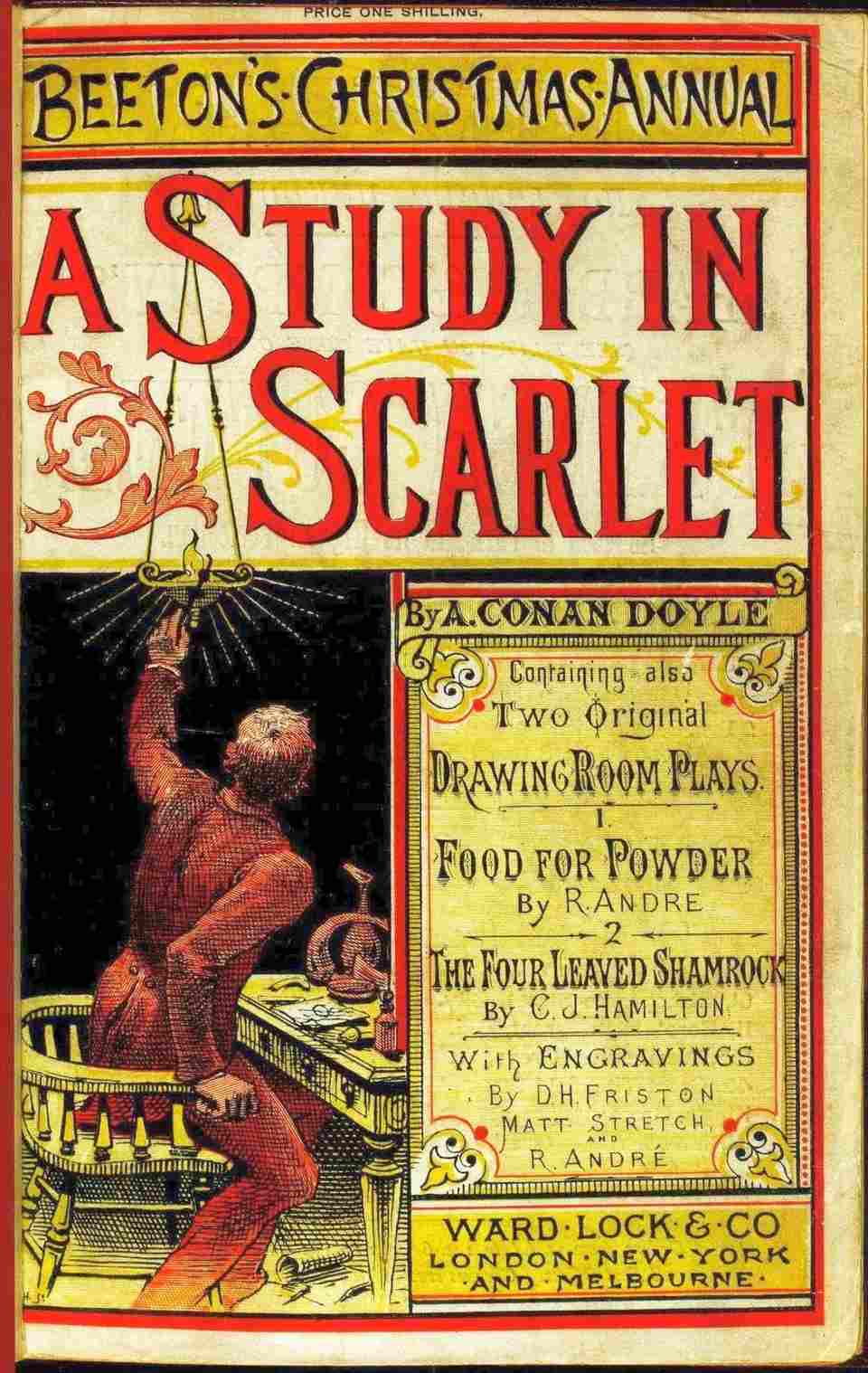
Although Doyle became one of the best paid authors of his day, he eventually became bored with the Holmes stories and wanted to concentrate on his many other interests. Doyle decided to famously kill off Holmes at the Reichenbach Falls in a story entitled The Final Problem, published in The Strand Magazine in 1893.
There was a public outcry. Many readers angrily cancelled their subscriptions to the magazine and it was said that some young men in London wore black arm-bands in mourning. The ensuing furore forced Doyle to bring Sherlock Holmes back to life, which he did ten years later in The Adventure of the Empty House published in 1903. The story explained how Holmes had survived his deadly encounter with Professor Moriarty at the Reichenbach Falls by his knowledge of baritsu, ostensibly a Japanese method of self-defence.
For those with an obsessive interest in the adventures of Holmes and Watson, there are countless Sherlock Holmes Societies worldwide including eight in Britain and over fifty in America. Japan has its Sherlock Holmes Club and there’s even one in India, called somewhat predictably, The Sherlock Holmes Society of India. Sir Arthur Conan Doyle would have been greatly amused. And incidentally, in the 1950s when the Abbey National Building Society began to run its banking business from 221b Baker Street, the company appointed a secretary whose duties included answering all the letters – seven hundred a year – addressed to Sherlock Holmes.
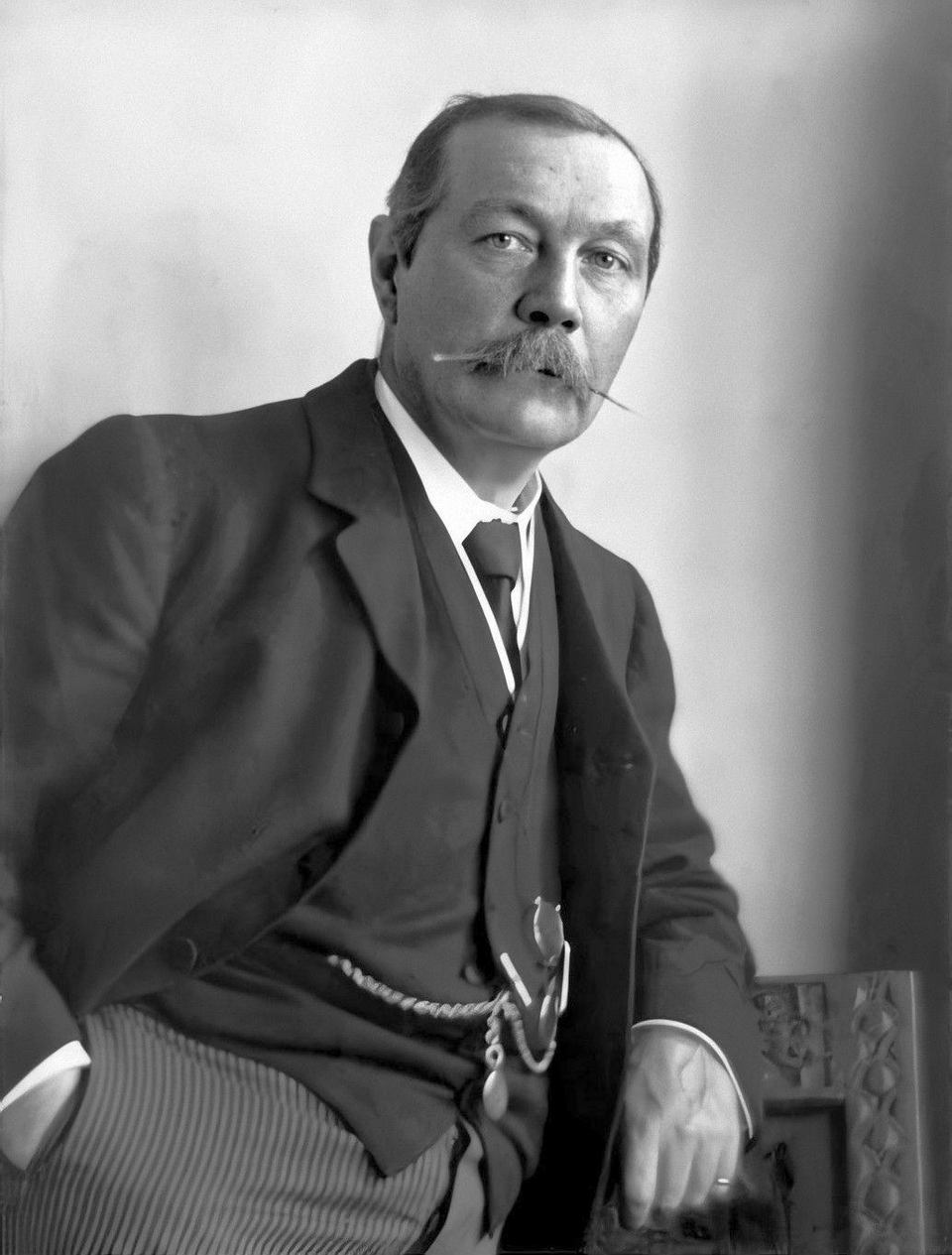
Sir Arthur Conan Doyle: the man behind the legend


